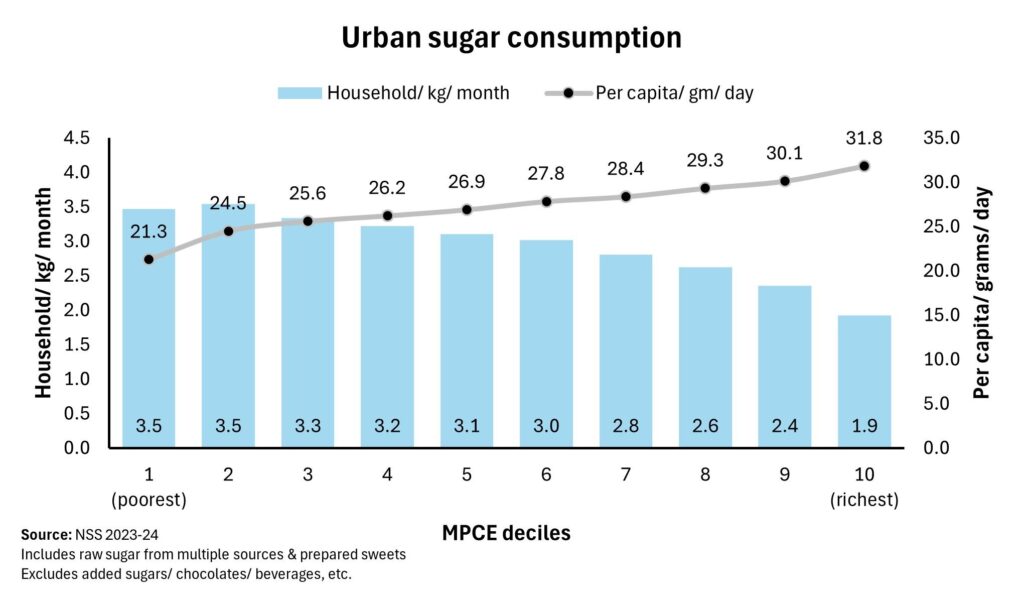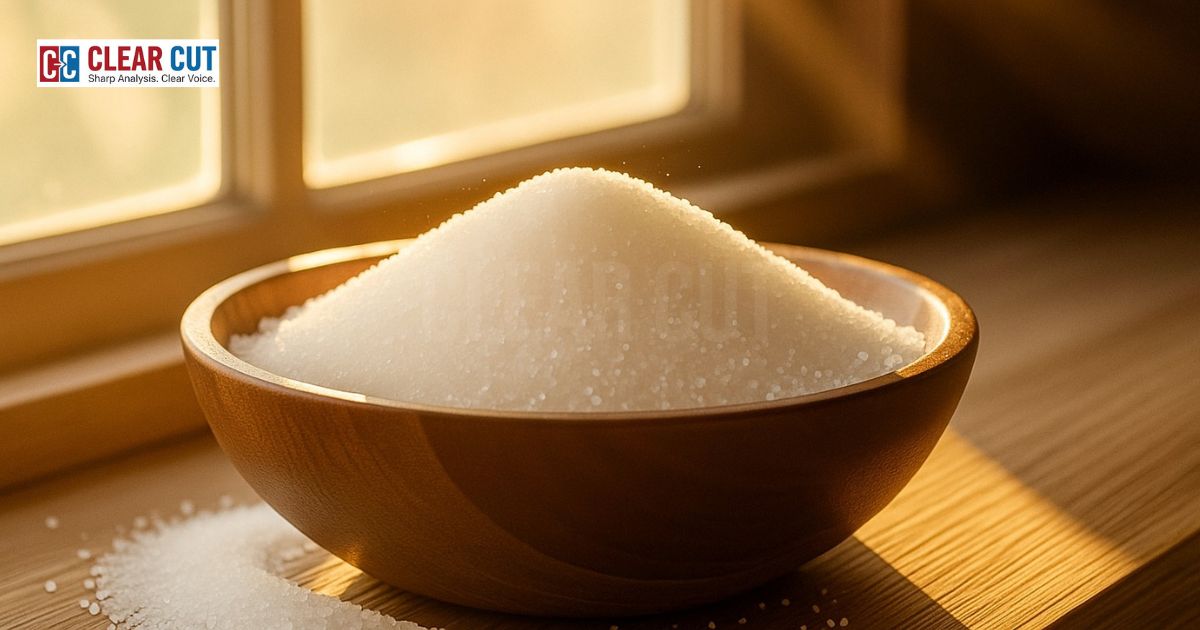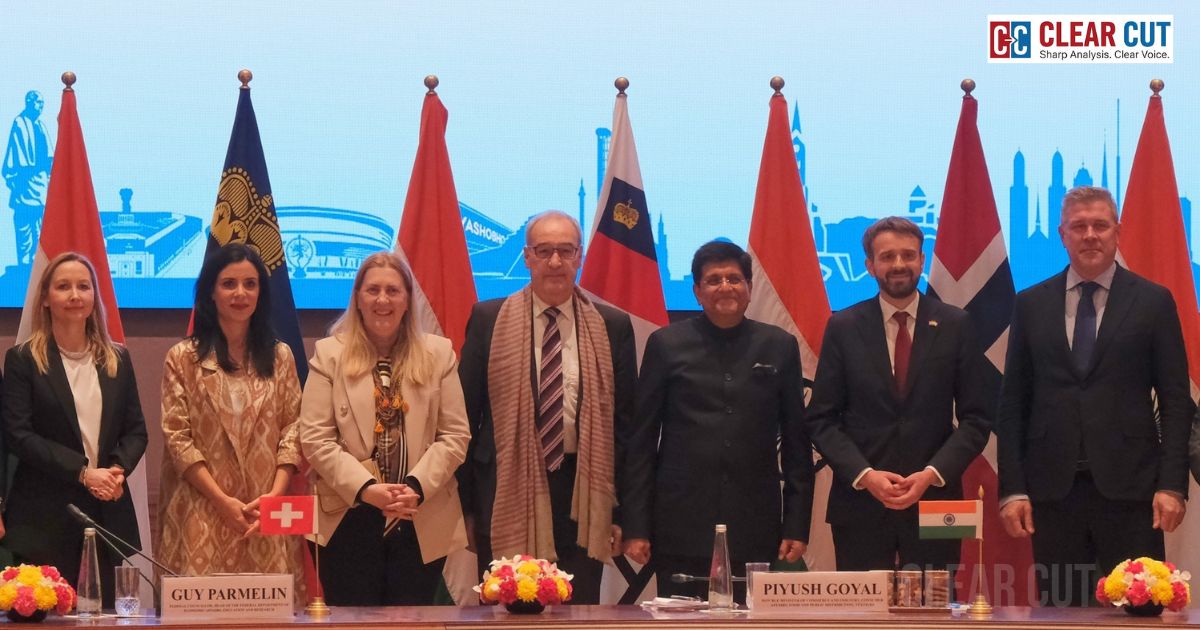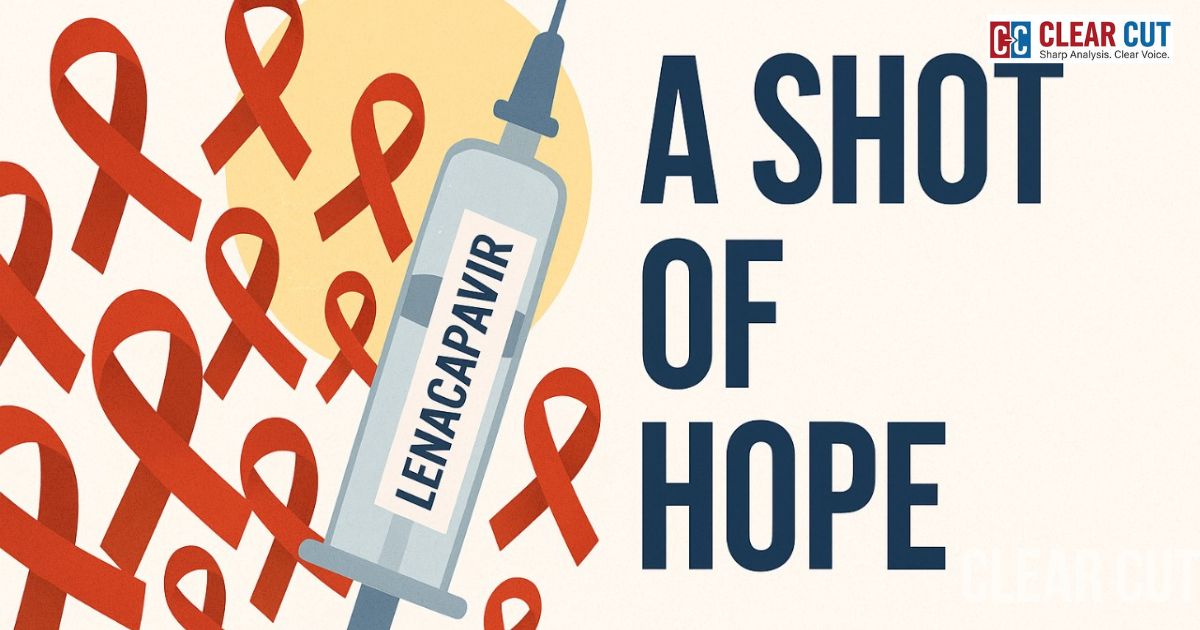Photo Credit: Ankita Shah
Clear Cut Health Desk
New Delhi, UPDATED: Sep 11, 2025 02:55 IST
Written By: Paresh Kumar
Sugar, once a luxury, is now ubiquitous. In ancient India, sugarcane was domesticated around 4,000 BC. Indians learned to crystallize sugar just over 2,000 years ago. The Sanskrit word śarkarā gave rise to “sugar.” Early uses were ceremonial, medicinal, and festal. It was reserved for sweets, offerings, medicine, and royals.
Over centuries, sugar spread via trade routes. India became a pioneer in the production of refined sugar. Festivals, marriages, even daily hospitality leaned on its sweetness. However, what was once an occasional indulgence has become daily habit.
A Growing Health Toll
Today, sugar is no longer rare. It is everywhere. Packaged foods, beverages, desserts, and even savoury items.
That flood of sugar comes with consequences. Type 2 diabetes has surged. Obesity, hypertension, heart disease – all linked to excess sugar. India is now called the diabetes capital of the world. The rise of processed food and refined sugar has only added layers to the risk.
Dental cavities afflict children. Kidney disease, eye problems, and vascular damage follow adults. Health systems strain under the weight.
What the Data Shows
Vijay Avinandan, Monitoring & Evaluation Specialist, has been closely examining sugar consumption patterns – his recent analysis on LinkedIn highlights a vital paradox.

Analysis by: Vijay Avinandan
He notes that poorer urban households purchase more sugar in absolute terms, approximately 3.5 kg per month, compared to the wealthiest households, which purchase only 1.9 kg per month. Yet, per capita daily intake rises with wealth: from 21.3 g/day in the poorest decile to 31.8 g/day among the richest. Larger family sizes among the poor dilute consumption, while smaller, more affluent households end up with higher individual intakes.
His insight underlines how lifestyle disease risk grows with affluence, even as poorer households struggle with under-nutrition. It is a double challenge.
The Cost of Sweetness
Health expenses are rising sharply. Diabetes care, cardiovascular treatment, kidney dialysis, they strain family savings and the public health system alike. Productivity losses worsen the burden.
As Vijay indicates, when per capita sugar intake climbs across income deciles, the threat is not just medical but economic. A workforce battling obesity and chronic illness is less productive. Early deaths shave years off human capital impacting nations GDP aspirations. This is no longer only a health issue, it is a development challenge.
Stakeholders Must Act
- Government must act boldly. It should mandate front-of-pack labelling that shows added sugar in grams. Tax sugar-sweetened beverages. Fund school-based nutrition campaigns. Regulate marketing of high-sugar foods to children.
- FSSAI (Food Safety and Standards Authority of India) must enforce tighter limits on sugar content in packaged food. It must step up advertising oversight.
- CSR initiatives must go beyond token health camps. Vijay’s analysis shows the risks cut across income groups. Companies can support community-level nutrition awareness, sponsor healthier recipe campaigns, and invest in traditional alternatives like jaggery and dates.
- Schools and local bodies must play their part too. CBSE’s move to direct schools to form “sugar boards” to educate children on diabetes is a start. But every state should scale this.
What Can Be Done: A Three-Tier Approach
- Prevent: Promote traditional, less processed sweeteners such as jaggery. Teach moderation. Bring back ancestral recipes.
- Detect: Use public health data. Track diabetes and obesity incidence in real time. Vijay’s analysis of NSS consumption data is a model of how evidence should drive policy.
- Treat: Expand preventive screenings. Subsidize medicines. Promote healthy lifestyles through wide campaigns.
Sweet Yet Serious
India’s sugar story began with ritual and festivity. Today, it has become a silent driver of disease. As Vijay says, the numbers are a warning. Sugar consumption cuts differently across classes, but health costs rise for all. India must act, through government policy, food regulation, and community engagement. If it is to safeguard its people and its economy.
We must reclaim sweetness without the sick cost. The future of India’s health and its dream of becoming Viksit Bharat depends on it.




